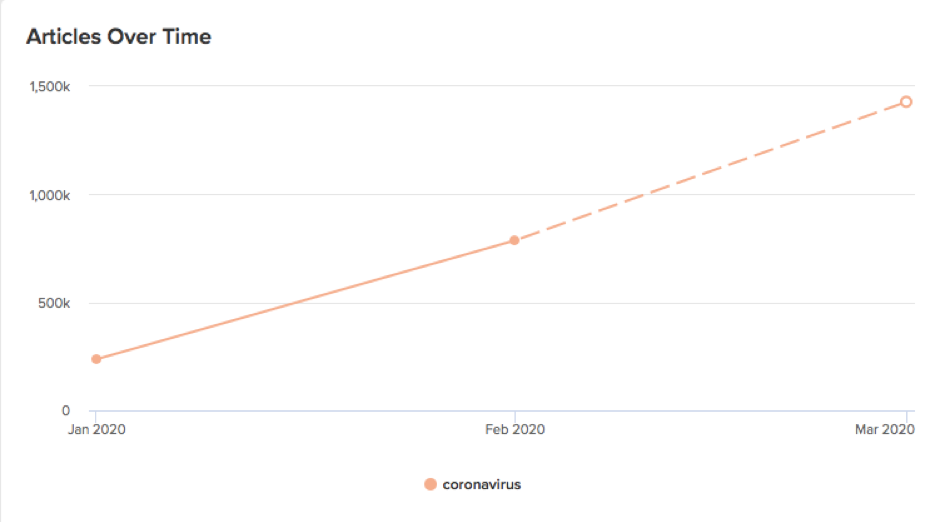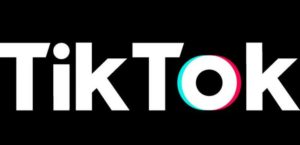
As more and more stories about COVID-19 continue to fill our news feeds, many of us are dismayed – yet unable to look away
There has been a slew of articles written about the coronavirus since the beginning of this year; just over 1.4m so far and rising by the hour. The world is in a state of panic – face masks are the new fashion accessory, people are using tortilla wraps as toilet roll, and kids are charging for squirts of hand sanitiser.

Sophia Wang, on the Television MA course at City, said: “The headlines about Tesco rationing and hate crime incidents are definitely making me worried and I try to avoid reading tabloids as several provoke panic with their clickbait titles. Using names like ‘China virus’ and saying it originated from people having ‘bat soup’ is also spreading false information that promotes racism.”
In these stressful times, it’s important we get information from credible sources and debunk bogus claims, conspiracy theories and misinformation regarding the virus. Among a flood of articles, journalists are taking advantage of technology and reporting on the disease in new, innovative ways. Here are five of them:
BBC
The BBC’s The Coronavirus Podcast is devoted exclusively to COVID-19. Featuring correspondents and expert guests, it constantly updates listeners on the global outbreak. The BBC has also released another podcast, Coronavirus Updates 24/7, providing listeners with real time updates including the latest headlines, public health information and details of disruptions to schools, health services, sporting events, and travel.
The New York Times
The New York Times has launched a newsletter solely for the coronavirus. Sent every weekday, the Coronavirus Briefing is a guide to the global outbreak and keeps readers informed with the ‘latest developments and expert advice about prevention and treatment’.
For today, March 18, here’s how to follow the latest on the coronavirus outbreak. We’ll update this every day.
🌎Live updates from around the world: https://t.co/arH2nrPFzg
🗽The latest in New York: https://t.co/FkOWAKtZW2
📊Markets news: https://t.co/cvwLkMQozj pic.twitter.com/hKojckAMSg— The New York Times (@nytimes) March 18, 2020
Buzzfeed News
BuzzFeed News has set up a text service, whereby users can sign up to receive updates direct to their mobile phones. They’ve also added an option for people to ask questions. The editors promise to ‘text back as often as possible with as much info’ based on their reporting.
Radio Free Europe
Radio Liberty has very instructive and easy to understand infographics complete with illustrations and labels. They range from maps to bar charts covering various topics regarding the disease including ‘COVID-19 symptoms’ to ‘How well are countries prepared for an epidemic’.
World Health Organisation (WHO)
Other than health information in the form of articles, WHO has a blog style ‘rolling updates’ section devoted to COVID-19. With a summary of the posts as a sidebar, the blog has updates regarding the virus accompanied by related tweets and documents for each post.
Want more? Check out some of XCityPlus’s other latest content here.

















